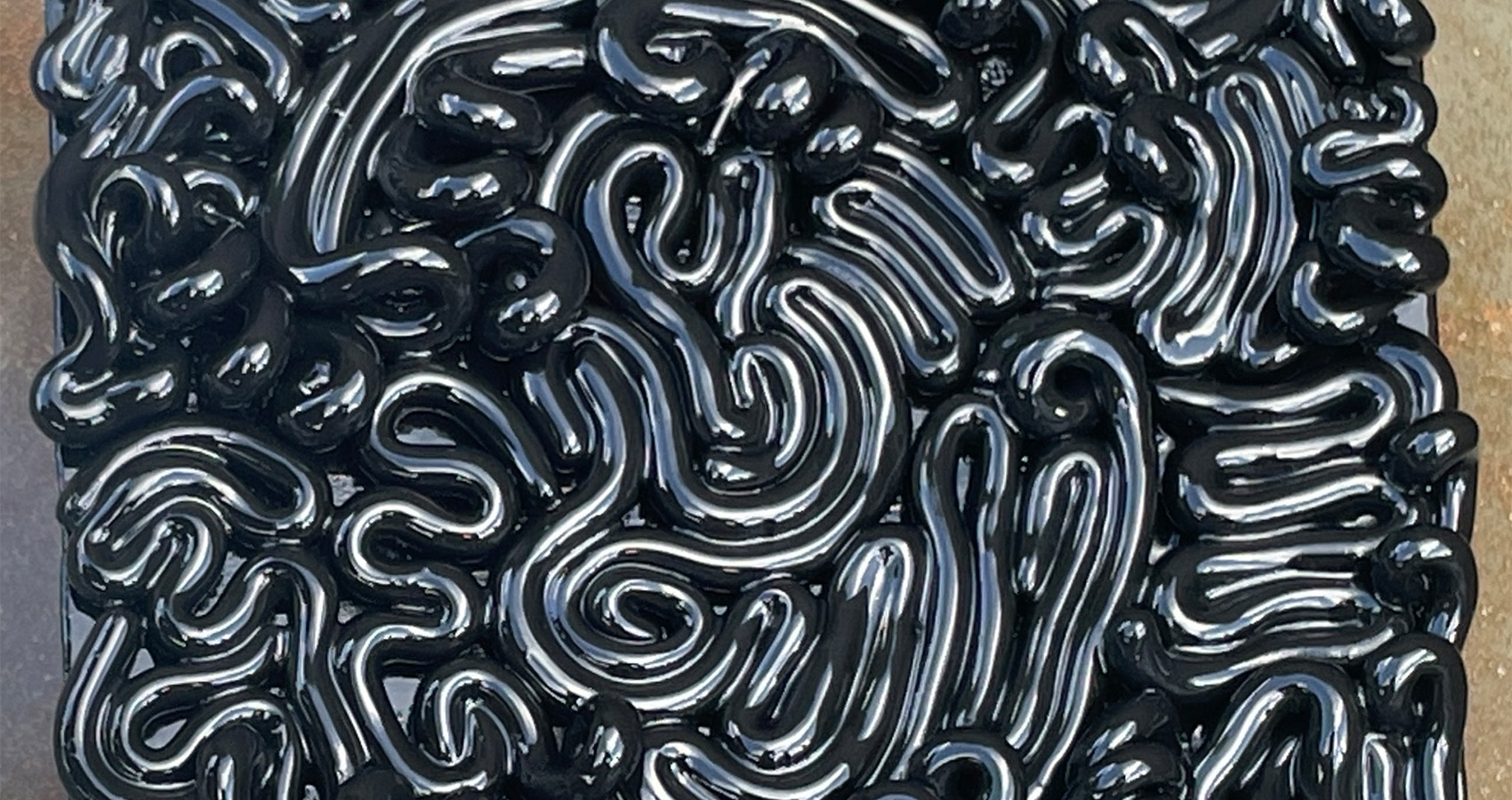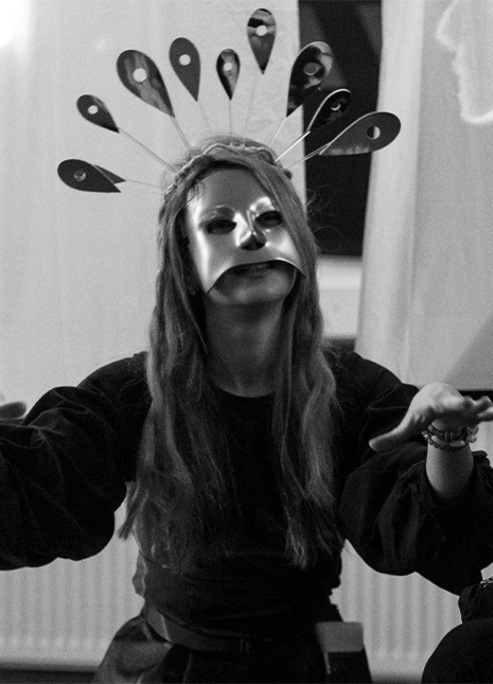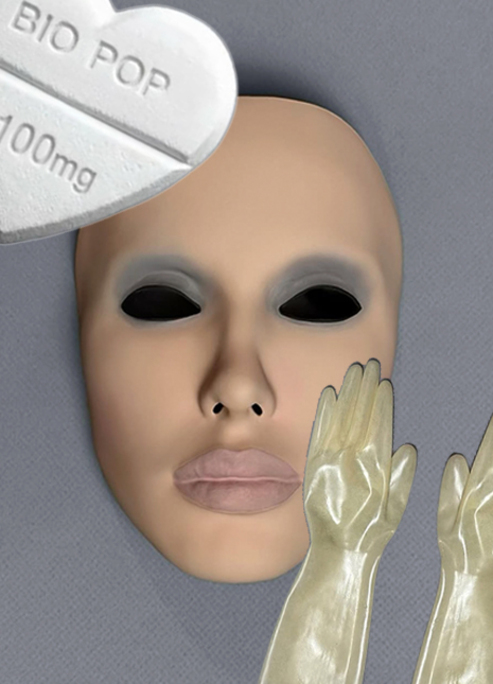For her project h3@rt+&s0ul…, artist and composer Julianna McDonald built a world where circuitry breathes and code feels holy.
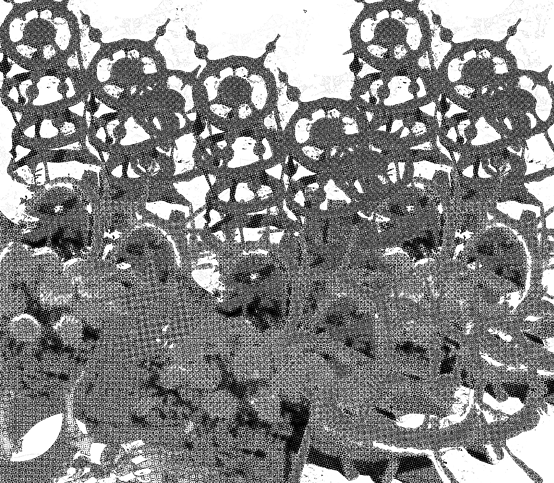
Drawing from the “Divine Machinery” aesthetic and her own fascination with how quickly tech has become our emotional infrastructure, McDonald dissects the line between utility and worship. Her clay sculptures twist like tangled wires and folds of brain matter—living proof of our fusion with the digital.
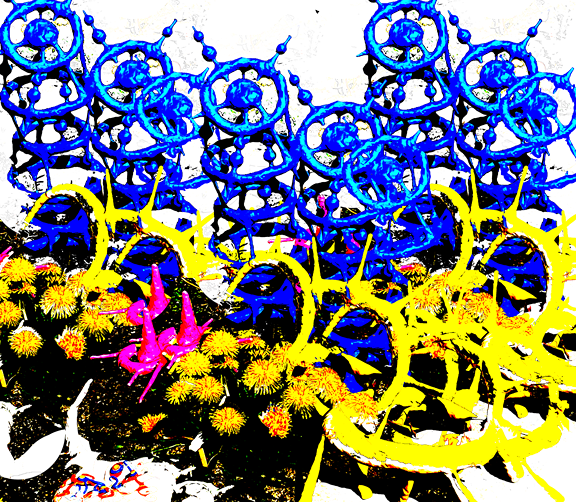
“I wanted to communicate the bond that’s formed between us and our machines,” she says. “Where does utility end and reverence begin?”
Music as Machinery, Machinery as Flesh
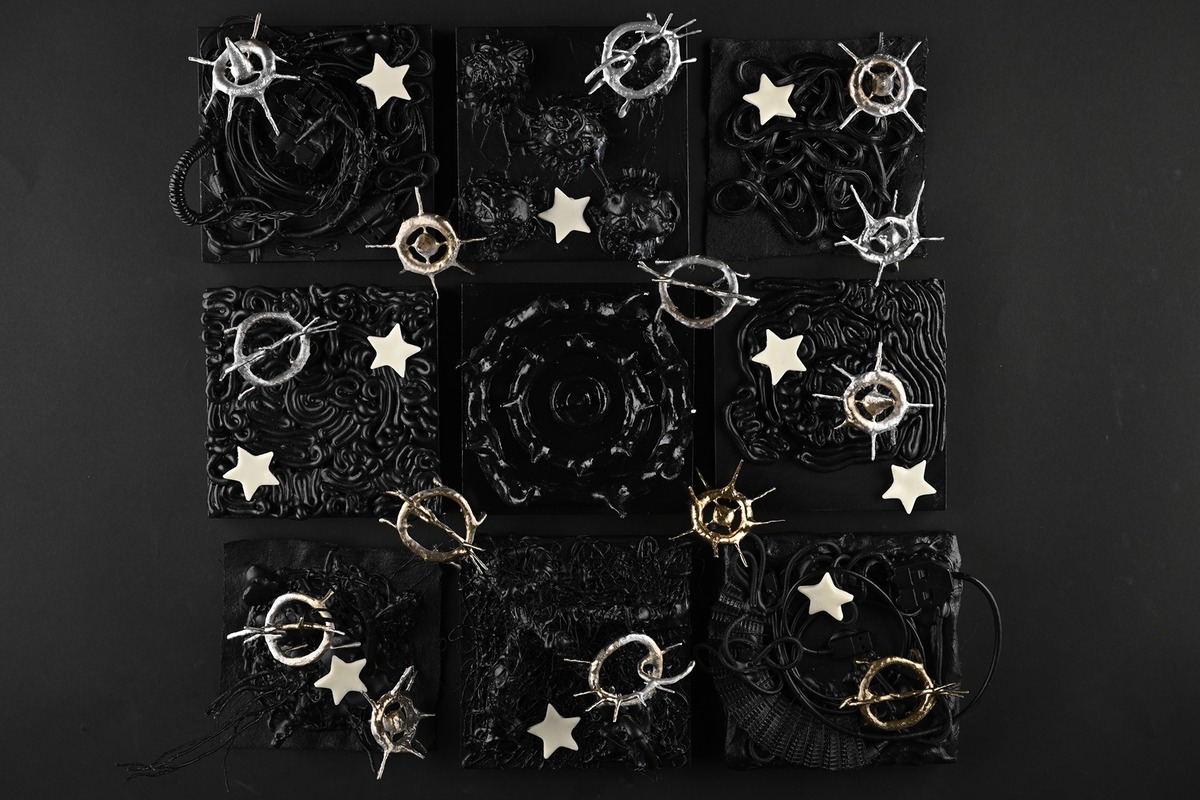
Although she comes from a musical background, h3@rt+&s0ul… marked McDonald’s first foray into composing her own soundscape. Pulling inspiration from Sweet Trip, Edward Skeletrix, and the early electronic experiments of Astralasia, she used GarageBand to craft an ambient piece that became the project’s emotional core. “I wasn’t expecting it to feel so right,” she admits.
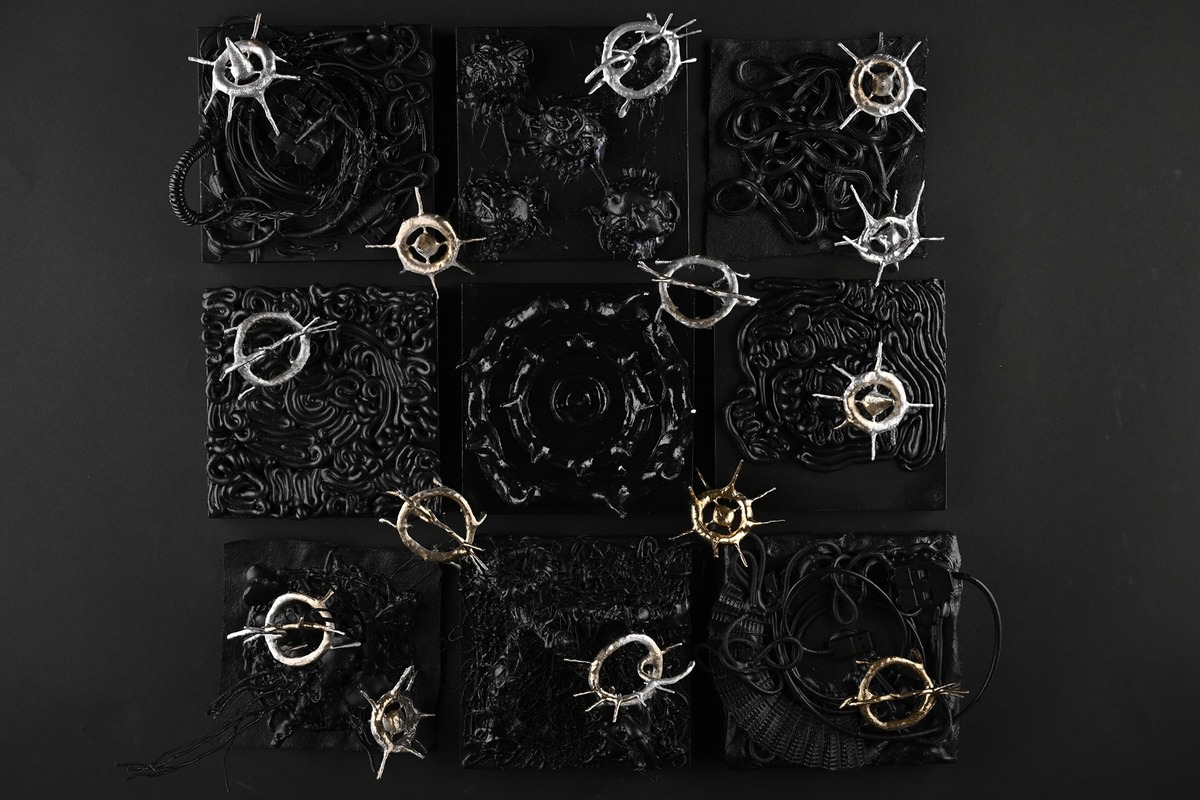
“But seeing how the sound unsettled and amplified the visuals—it became an effigy of its own.” The installation pulsed and hummed at the LCC Grad Show, transforming unease into a shared, sensory experience.
Against the Fine Art Pedestal
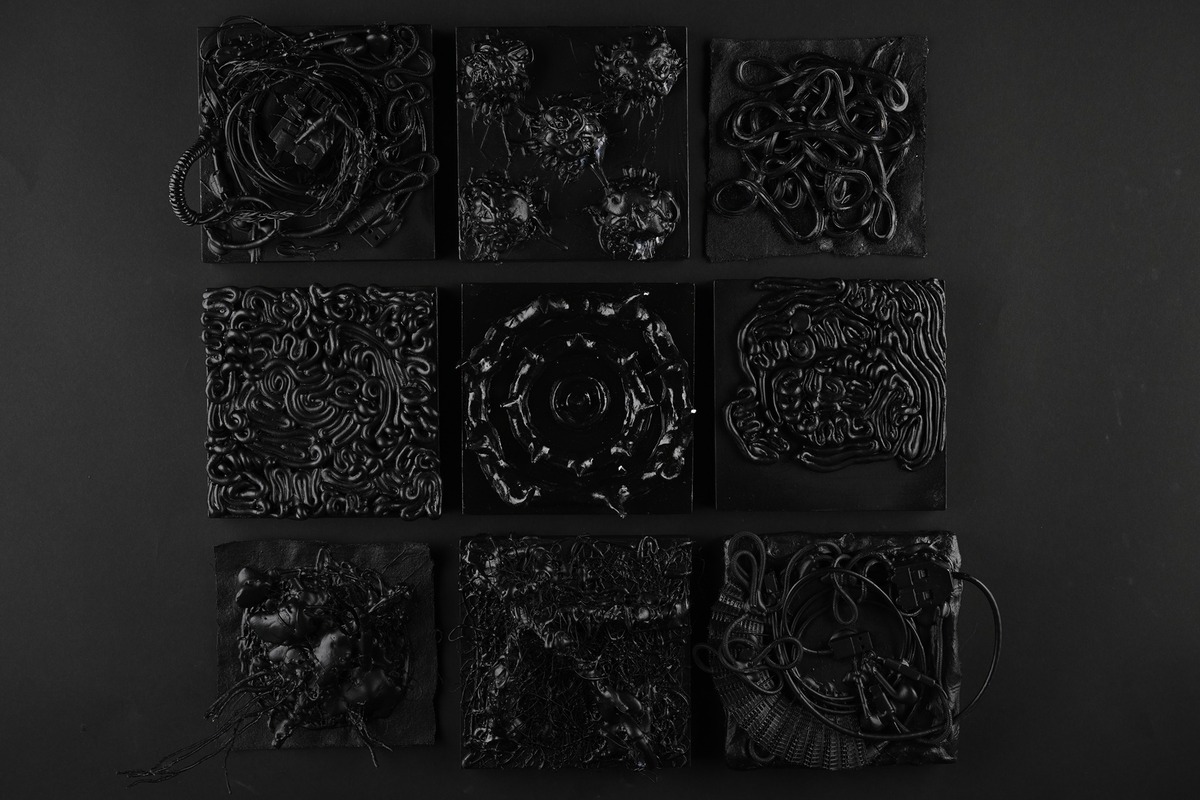
McDonald’s work rejects elitist fine art hierarchies in favor of visceral immediacy. Influenced by Dadaism and internet-age distortion, she draws as much from meme culture as from surrealism. Low-poly graphics, pixelated nostalgia, and messy tactility collide in her world. “Fine art feels a bit inaccessible to me,” she explains.
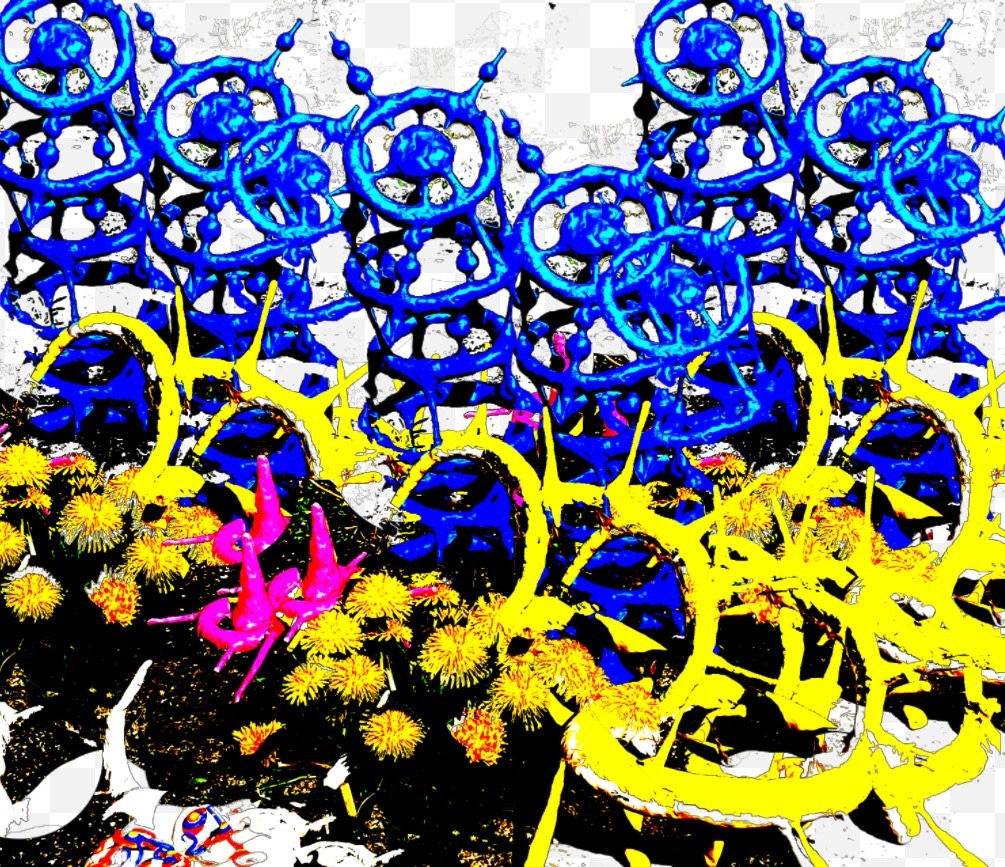
“I’d rather follow references that speak to me instinctively than through frameworks that feel classist or outdated.” This irreverence gives her practice its pulse—equal parts playful, cerebral, and quietly rebellious.
Sound, Space, and Uneasy Futures
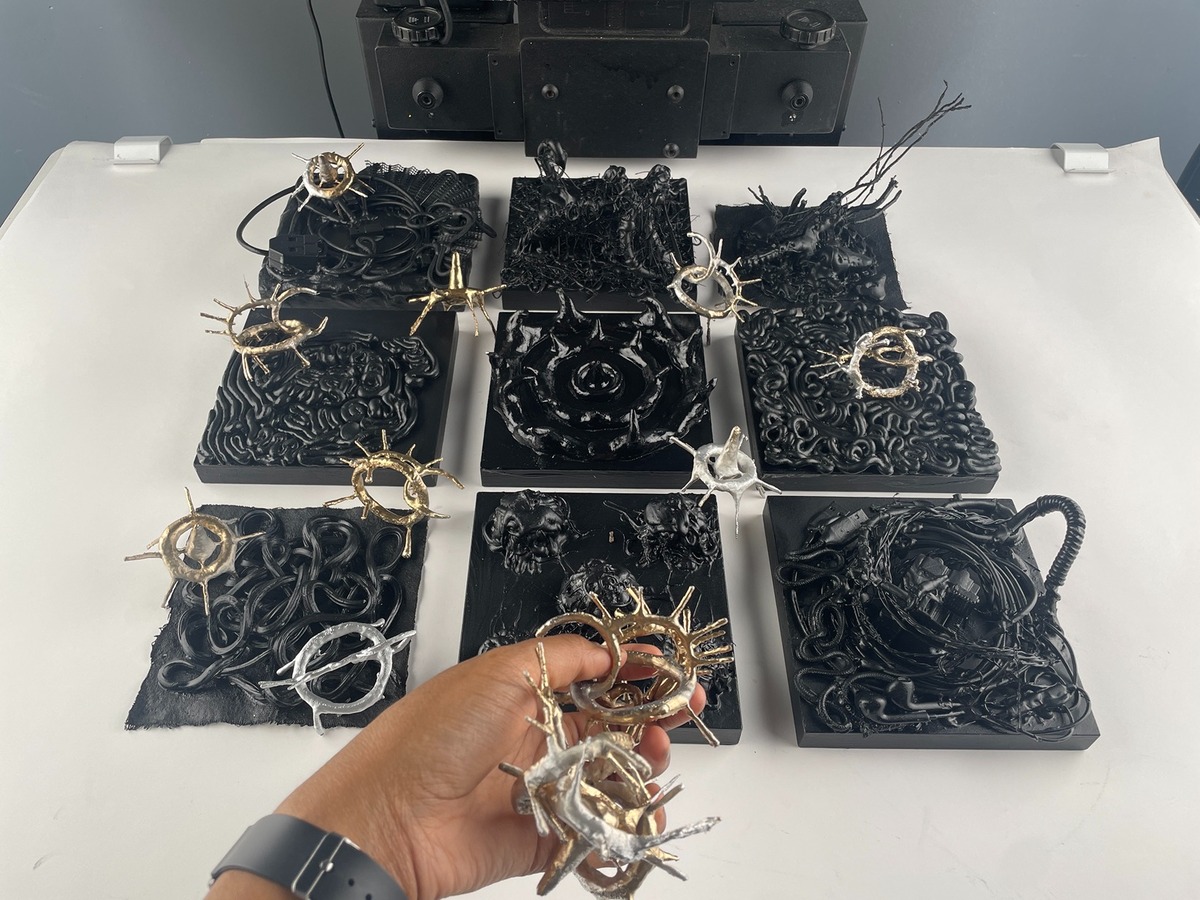
What excites McDonald most now is the potential of AR and creative coding. “It terrifies me,” she laughs, “but I want to make immersive mixed-media works that pull people into the speculative.”
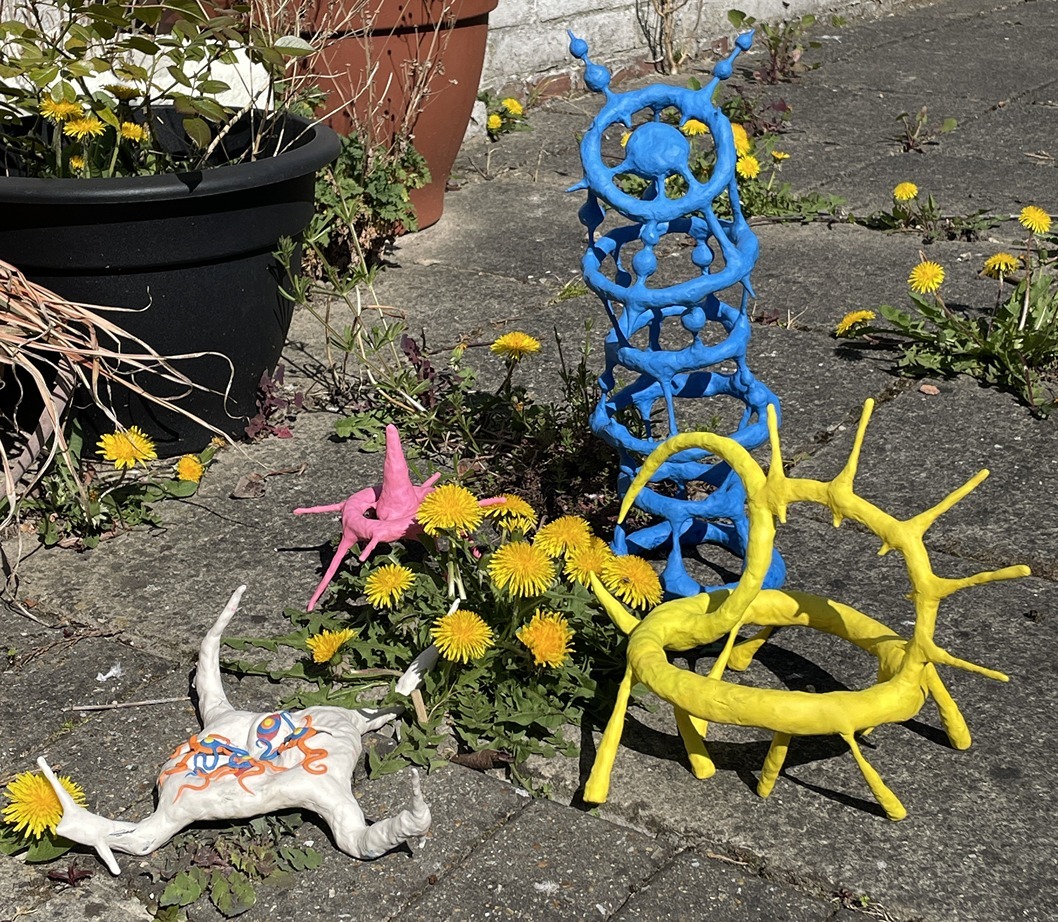
She imagines her installations in brutalist tunnels or subway underpasses, spaces she describes as “transport’s own arteries.” In these concrete cathedrals, her soundscapes could merge with the city’s hum—technology’s heartbeat echoing through its most human spaces. “I want to leave my mark like graffiti,” she says, “something fleeting but undeniable.”
The Sacred and the Synthetic
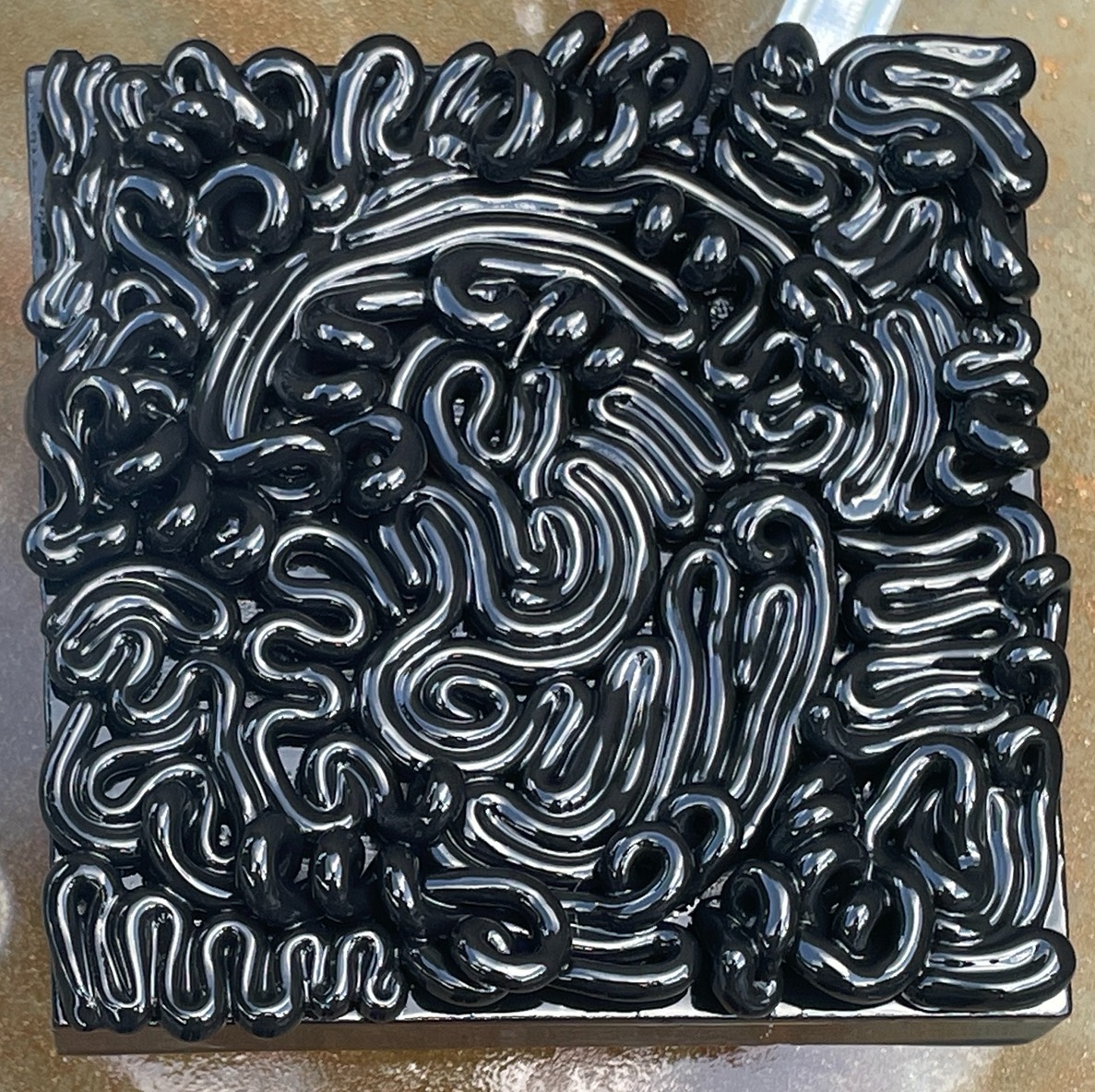
With h3@rt+&s0ul…, McDonald doesn’t romanticize tech—she humanizes it. Her practice asks what happens when emotion, flesh, and circuitry converge.
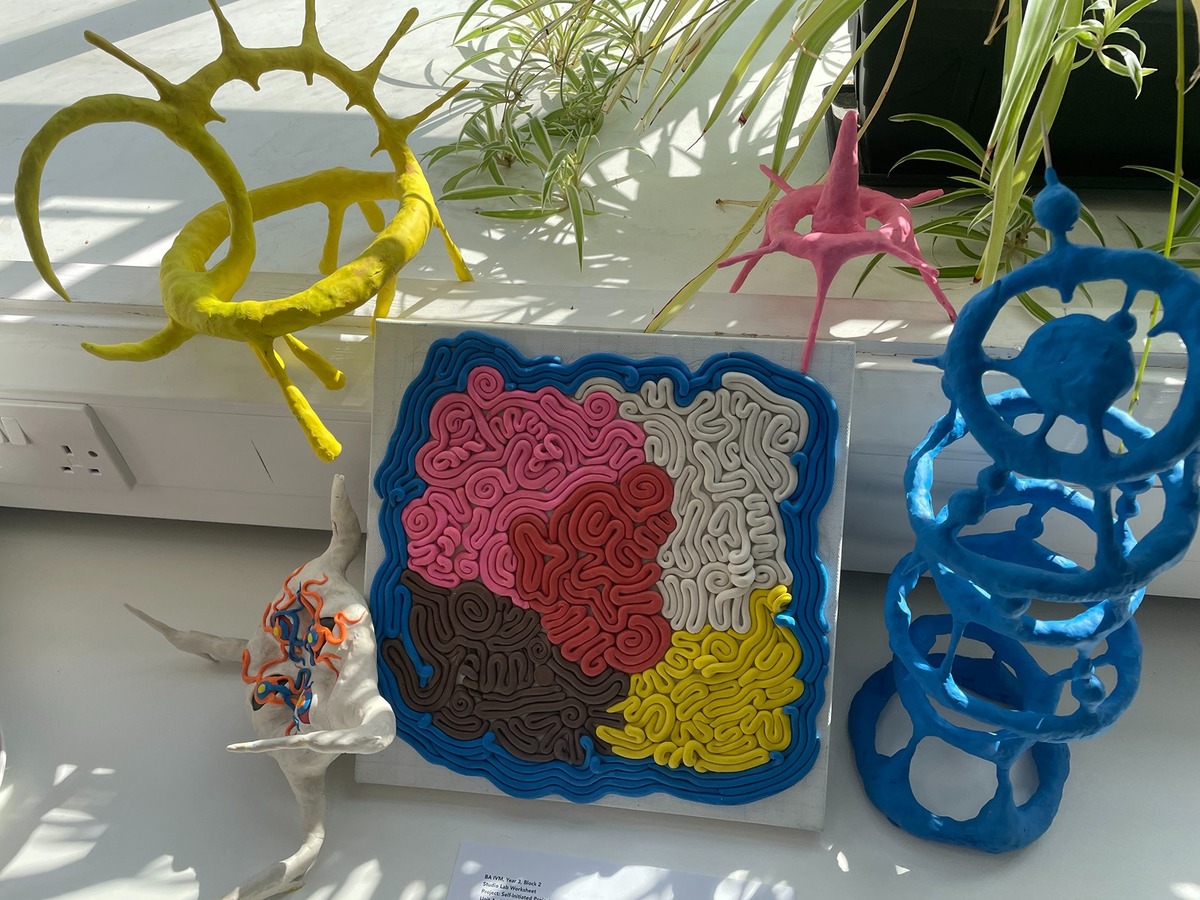
The result isn’t sterile or sleek; it’s strange, tender, and alive. In her world, the divine is mechanical, and the mechanical has a soul.



